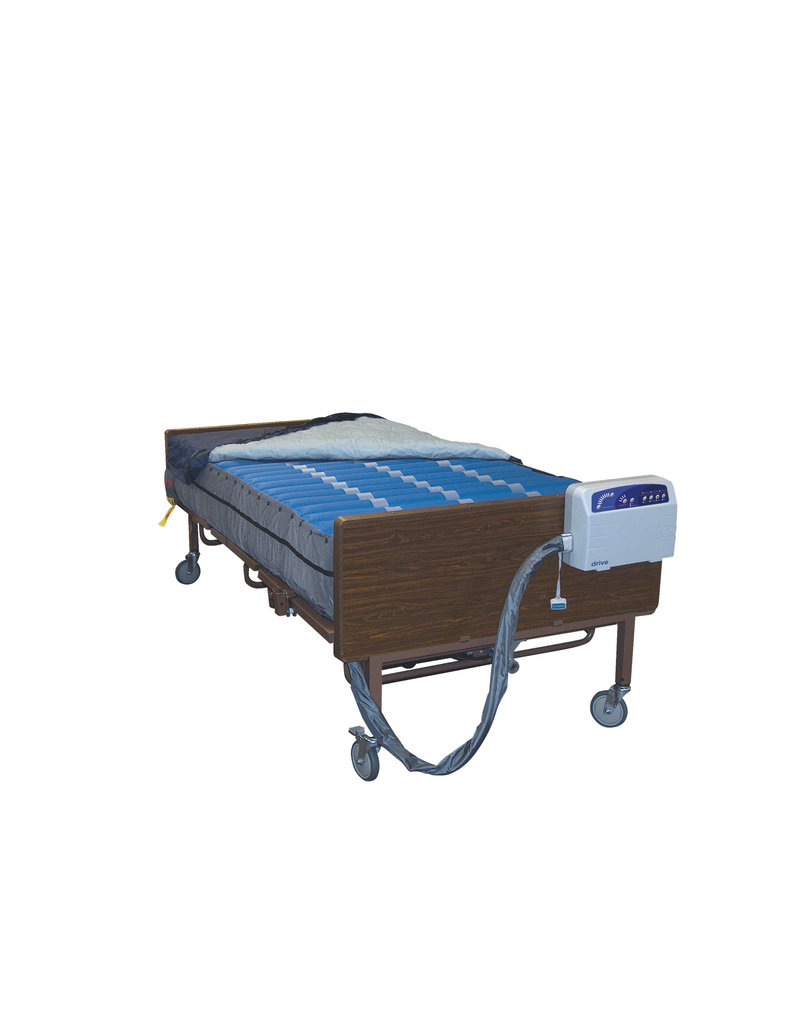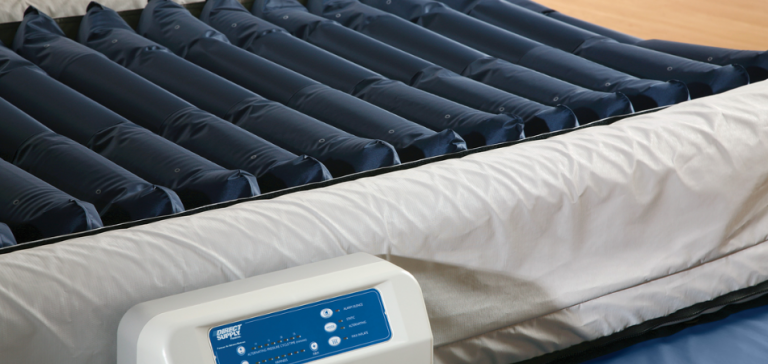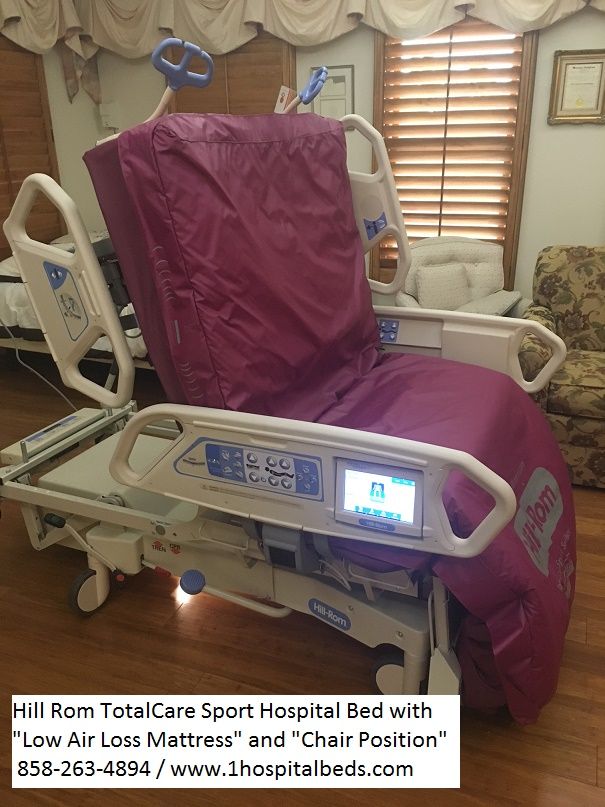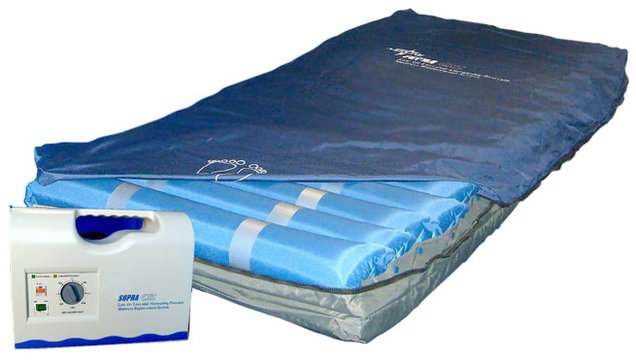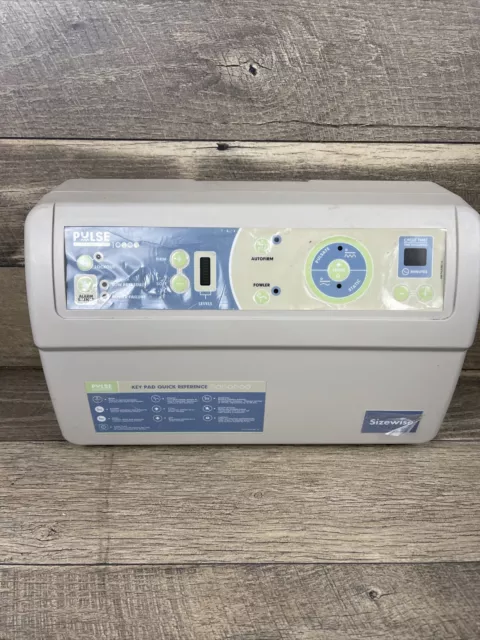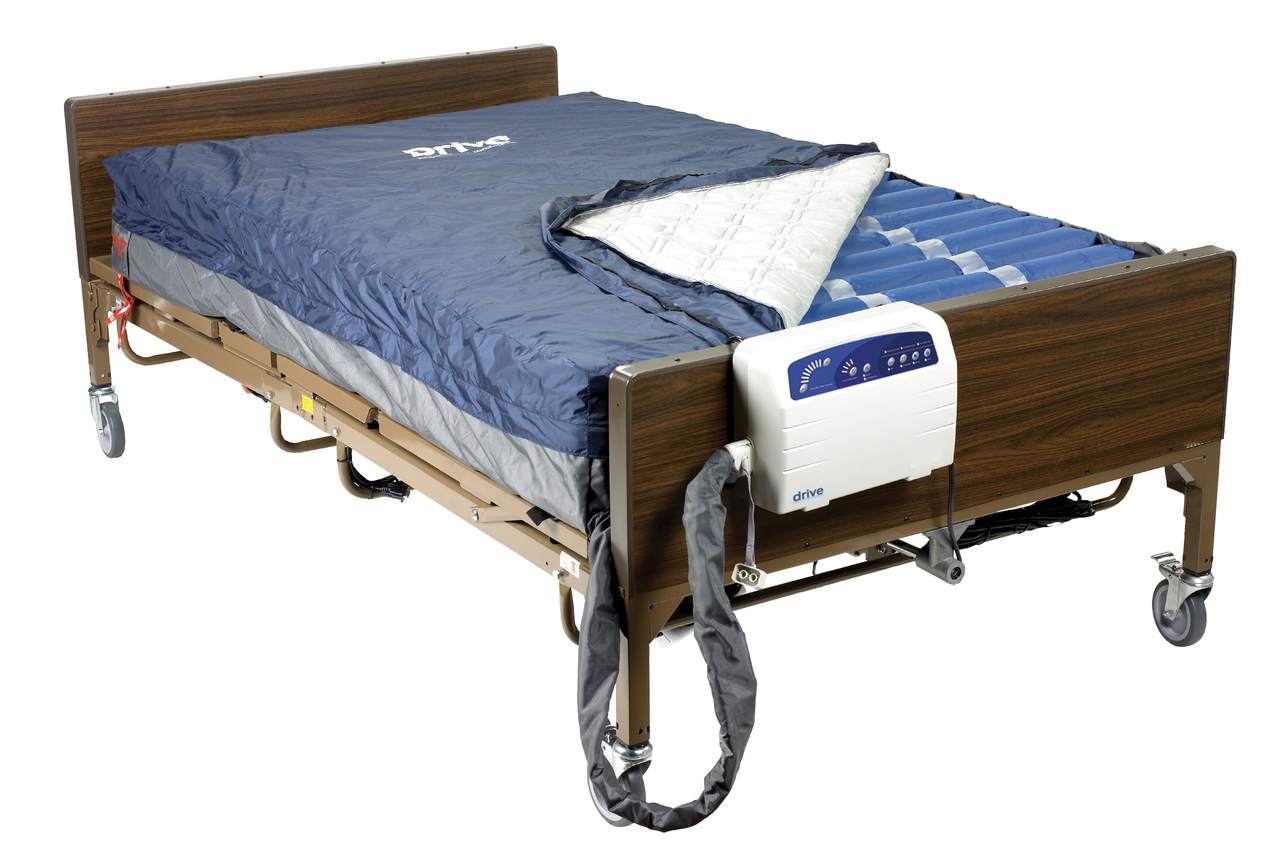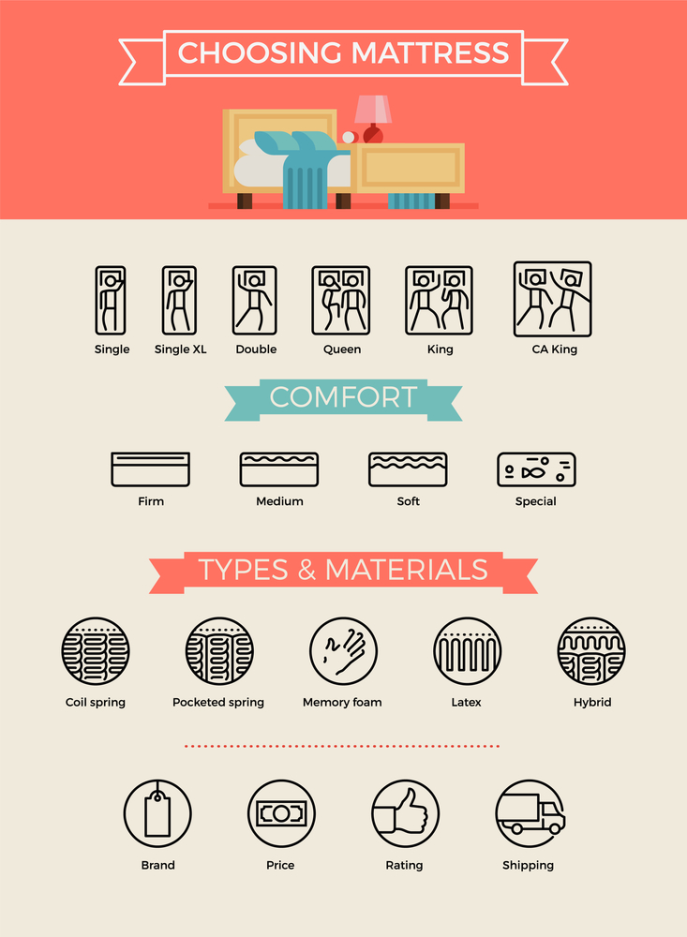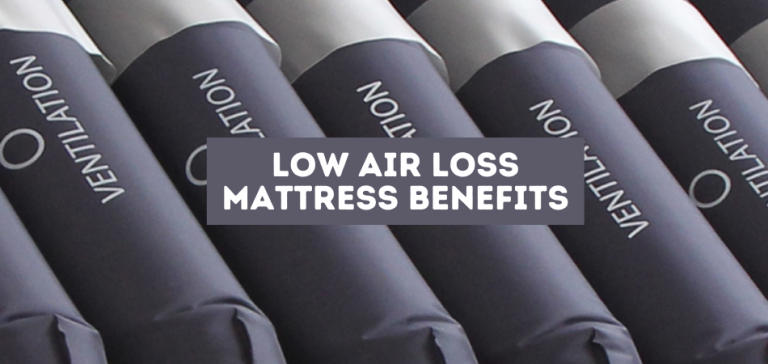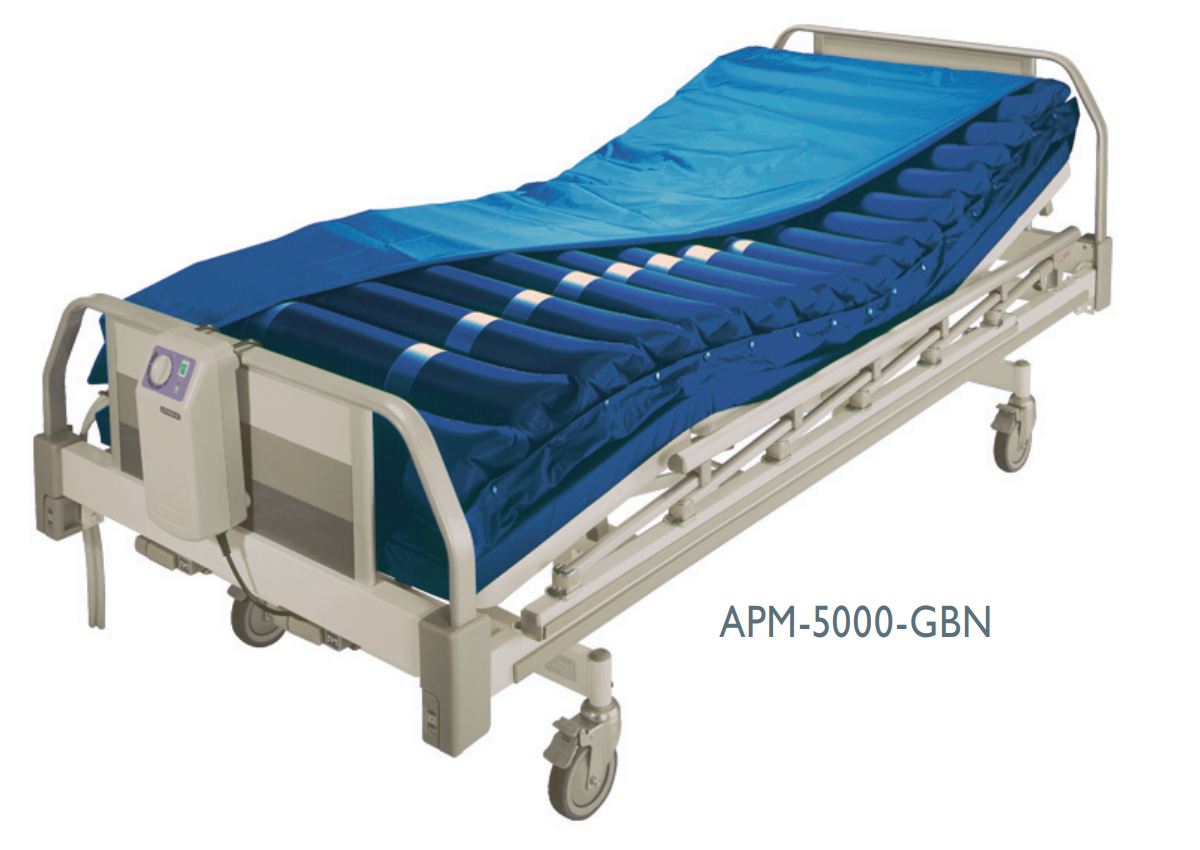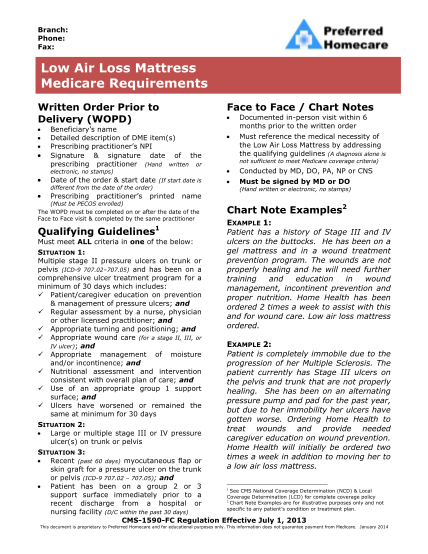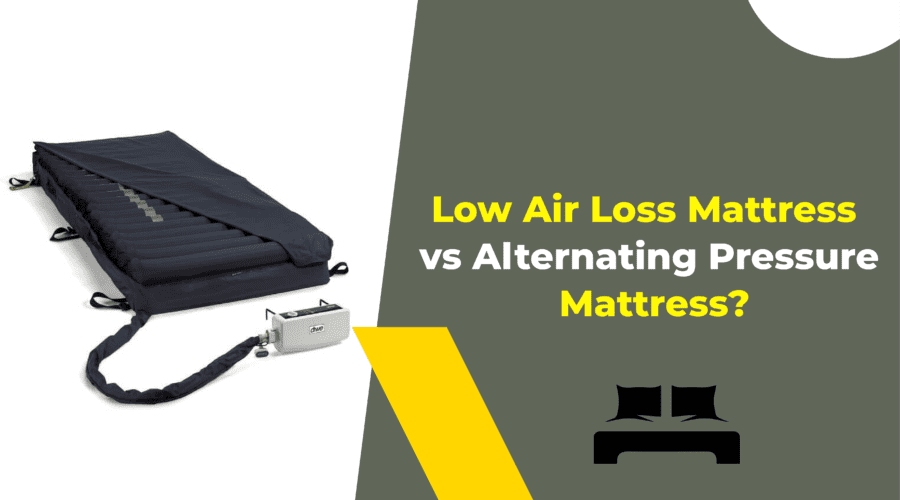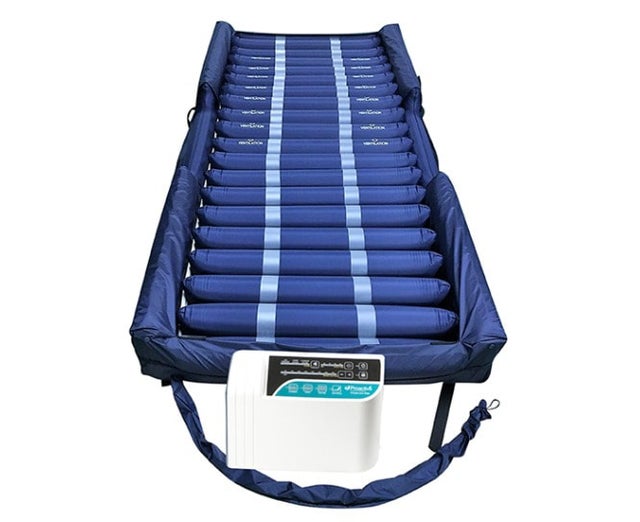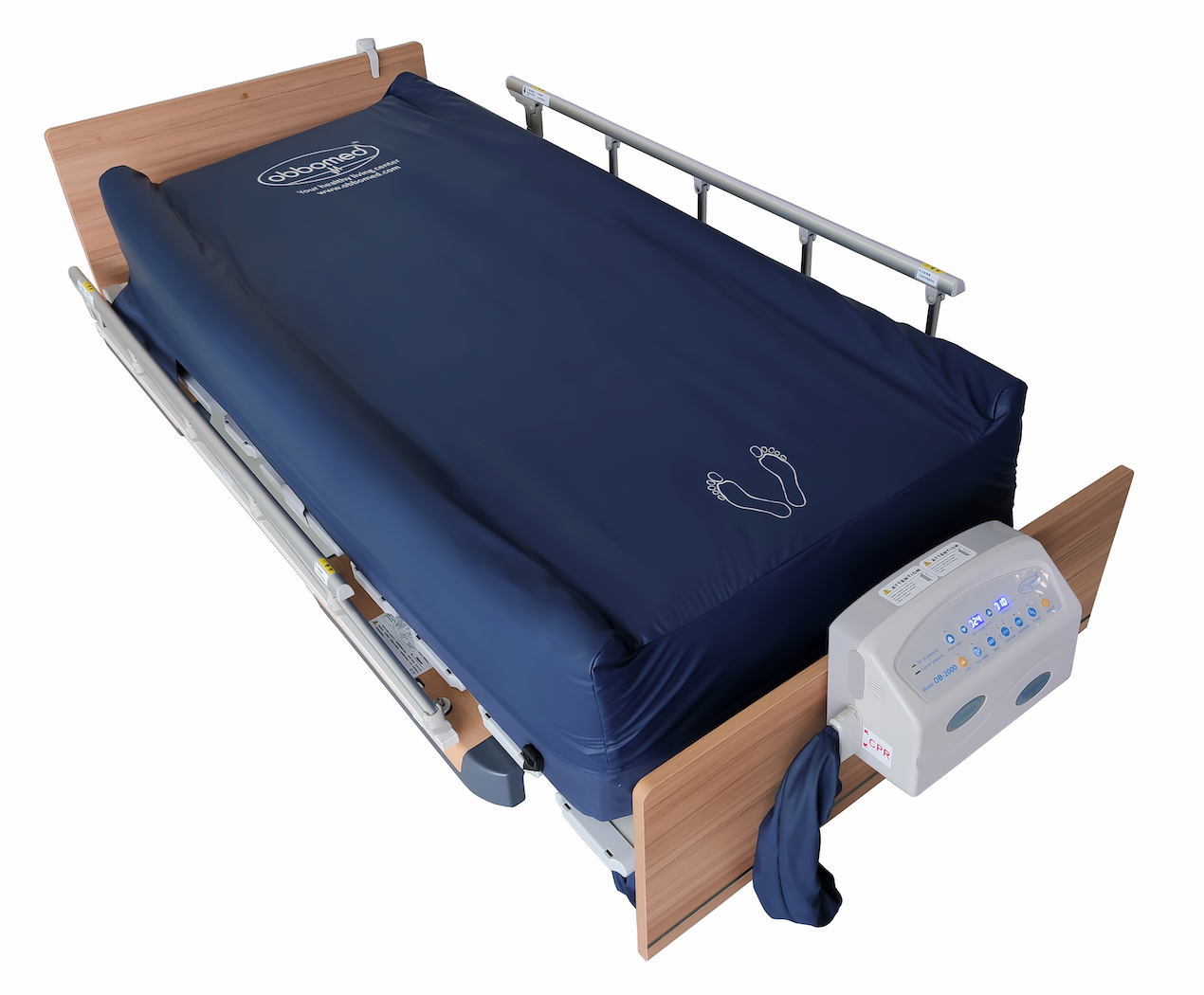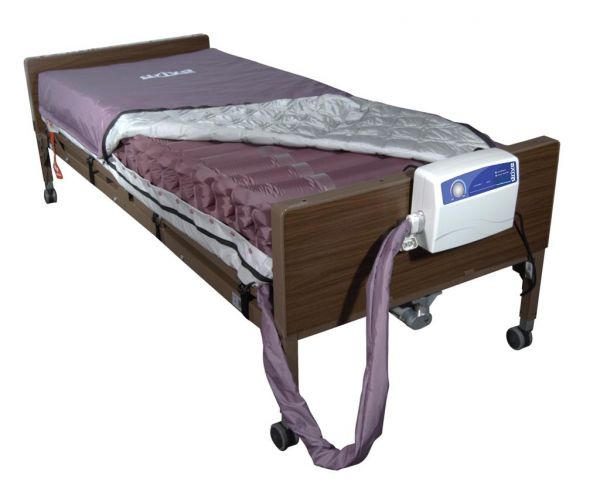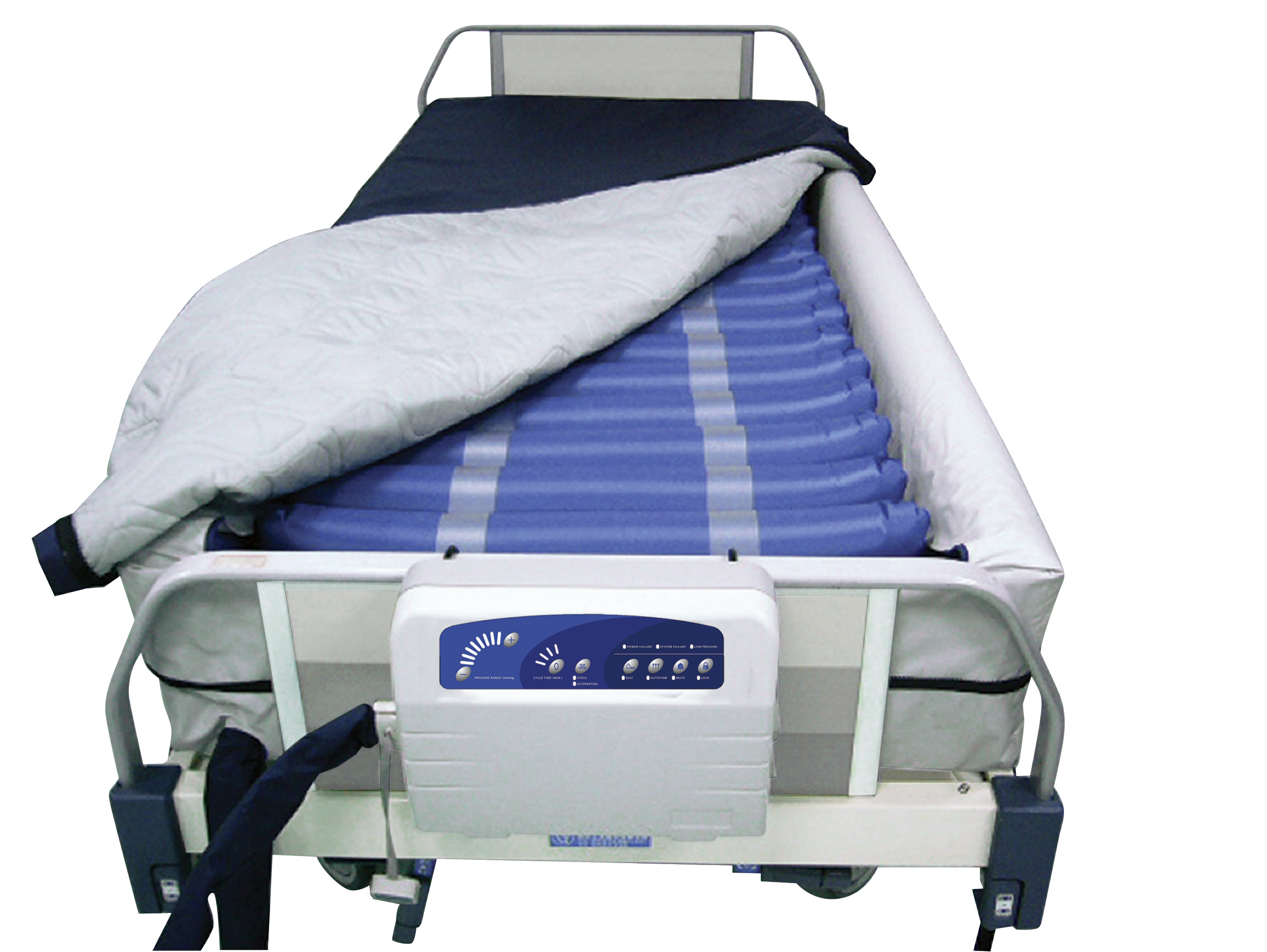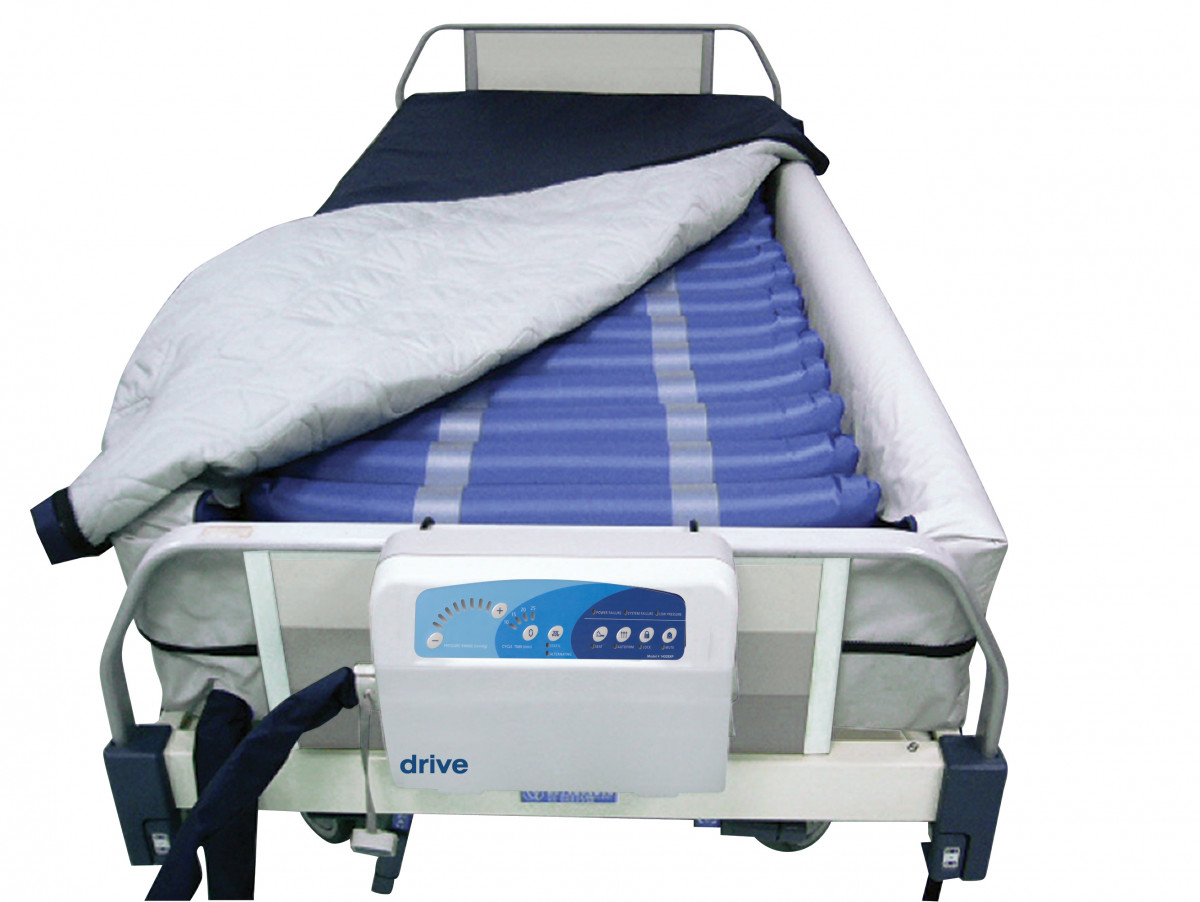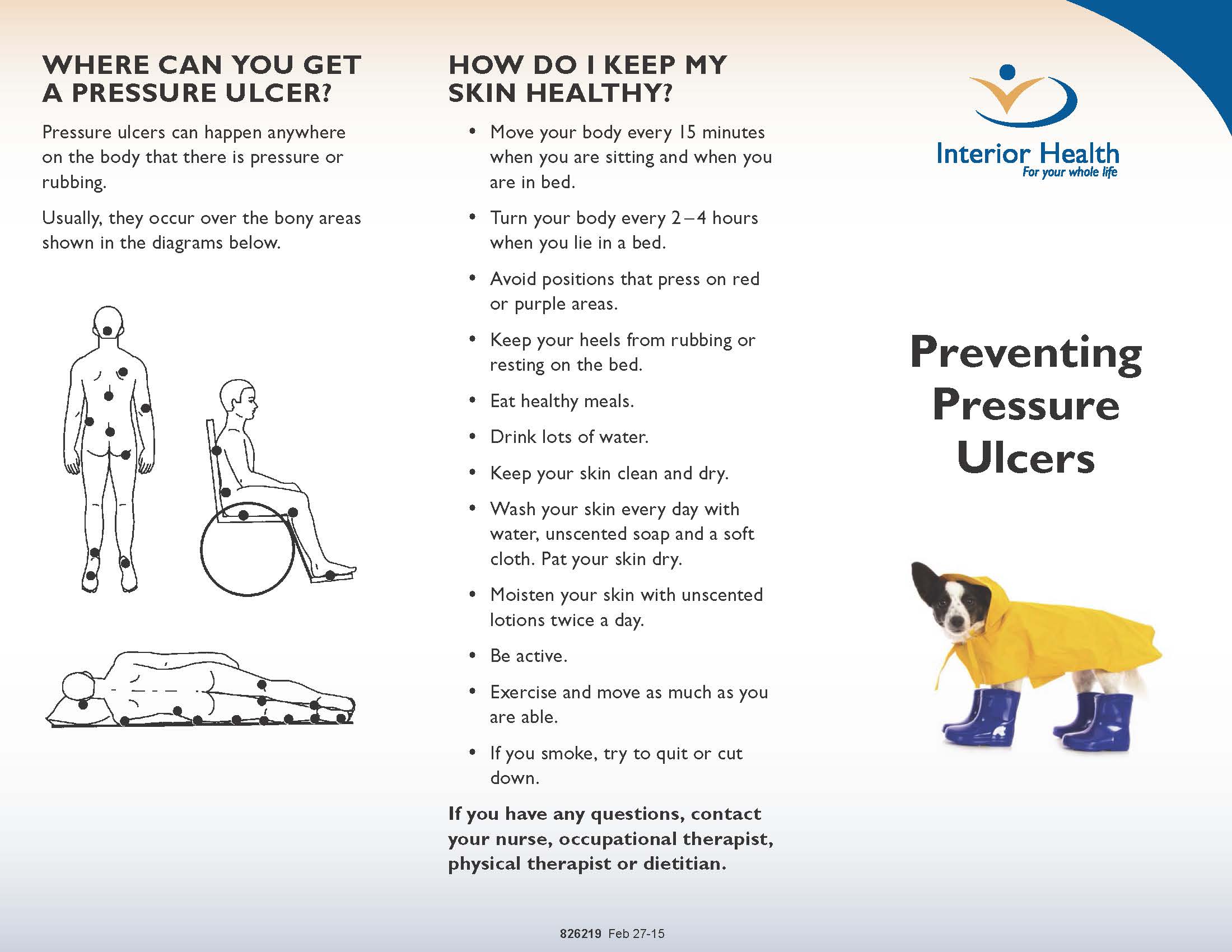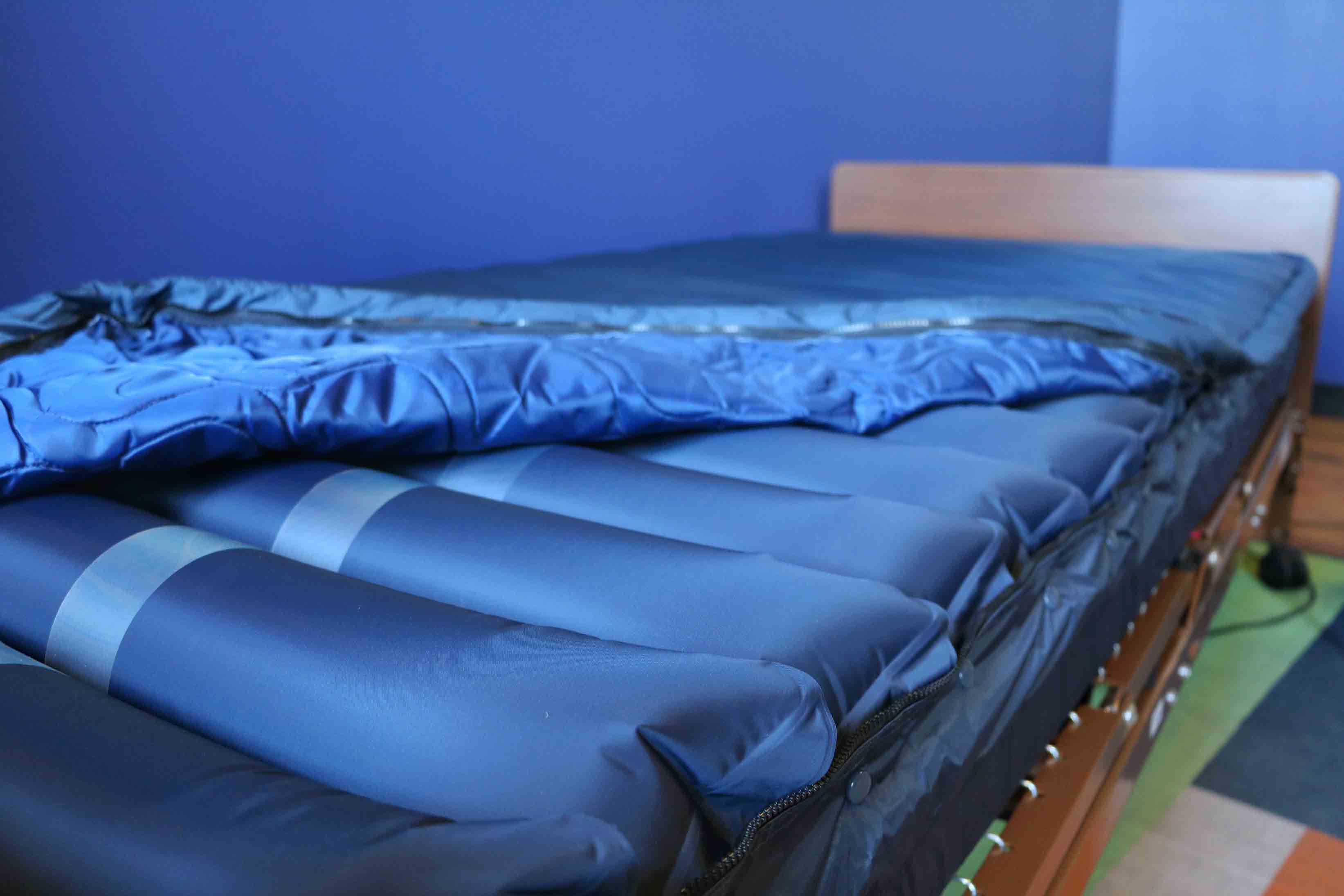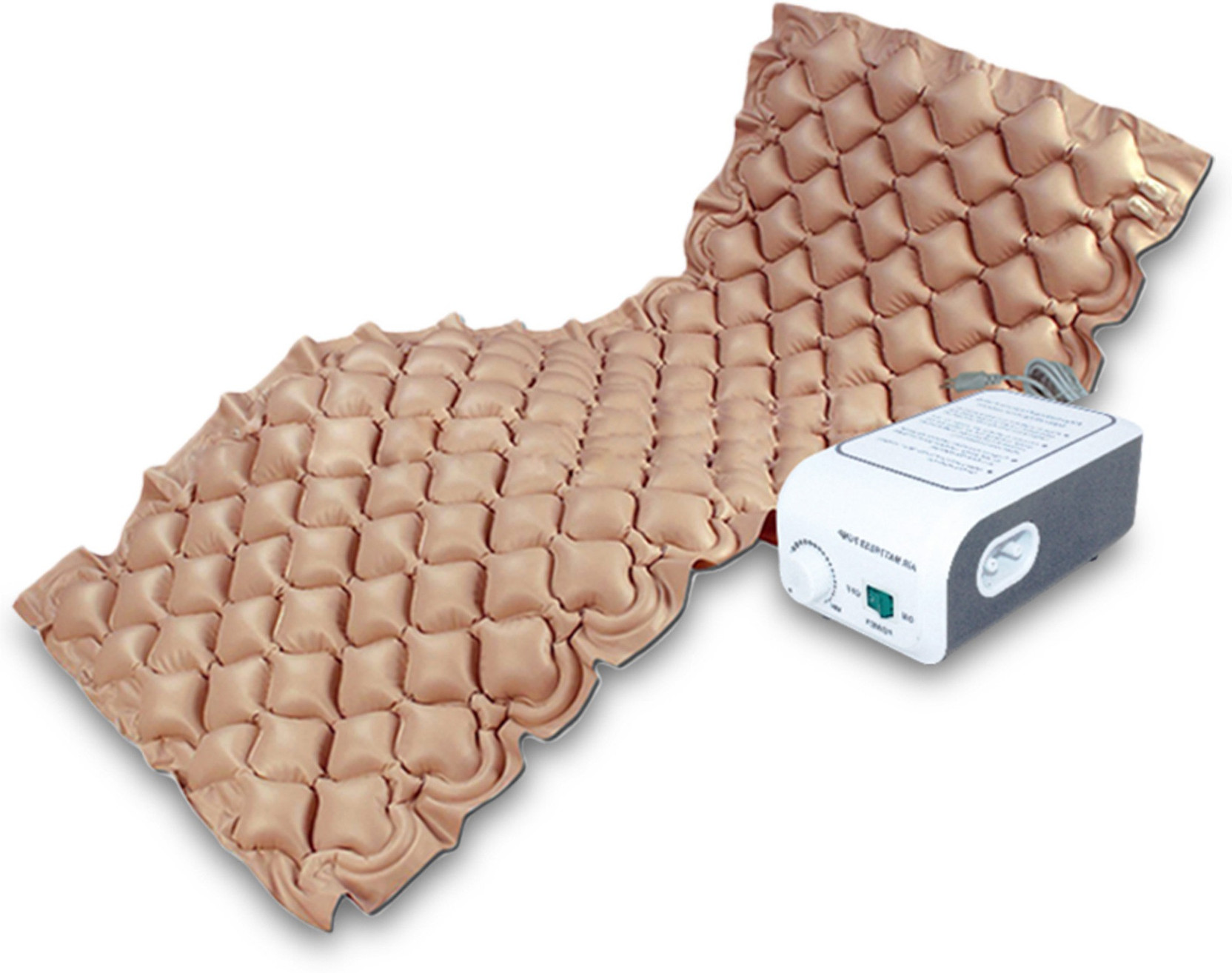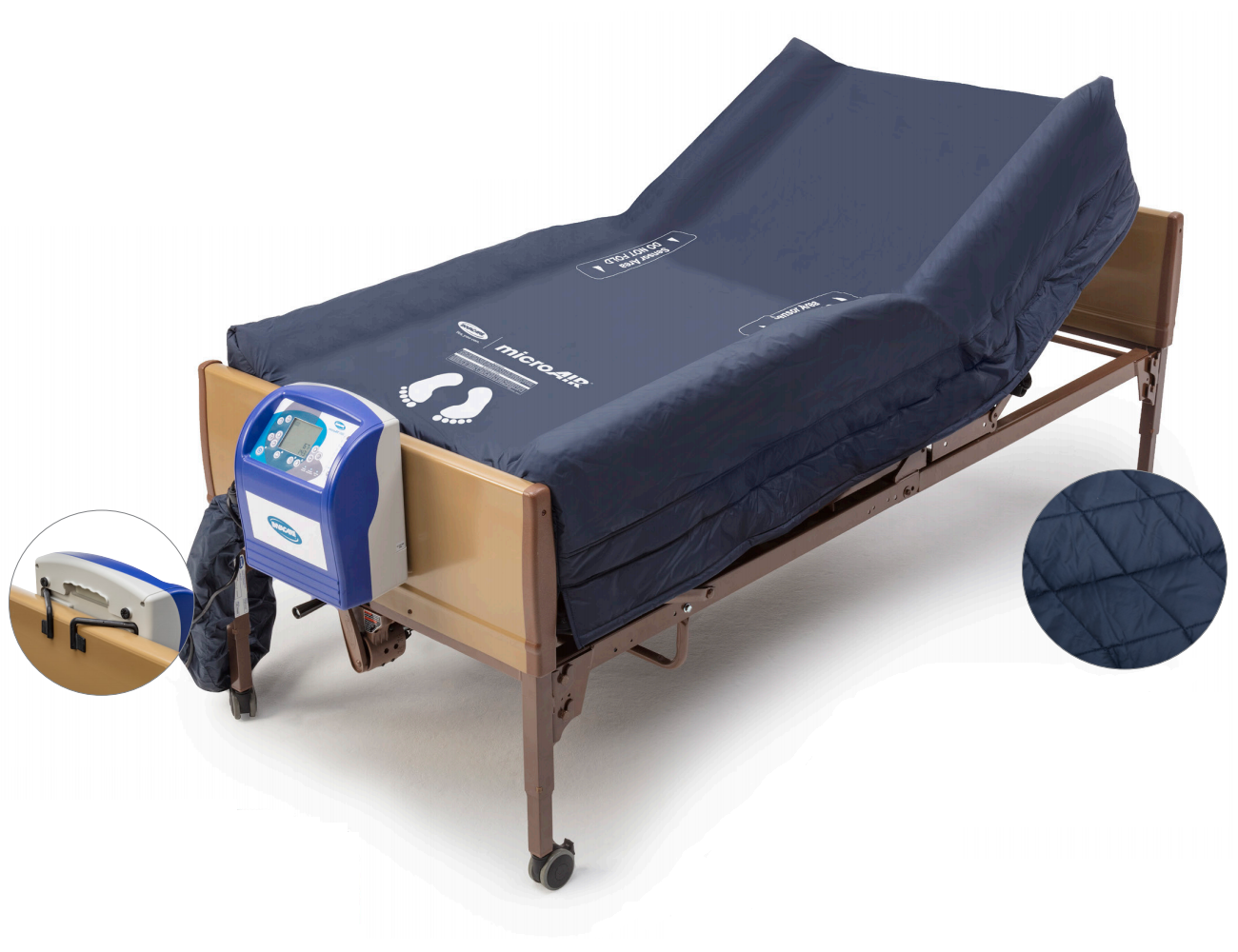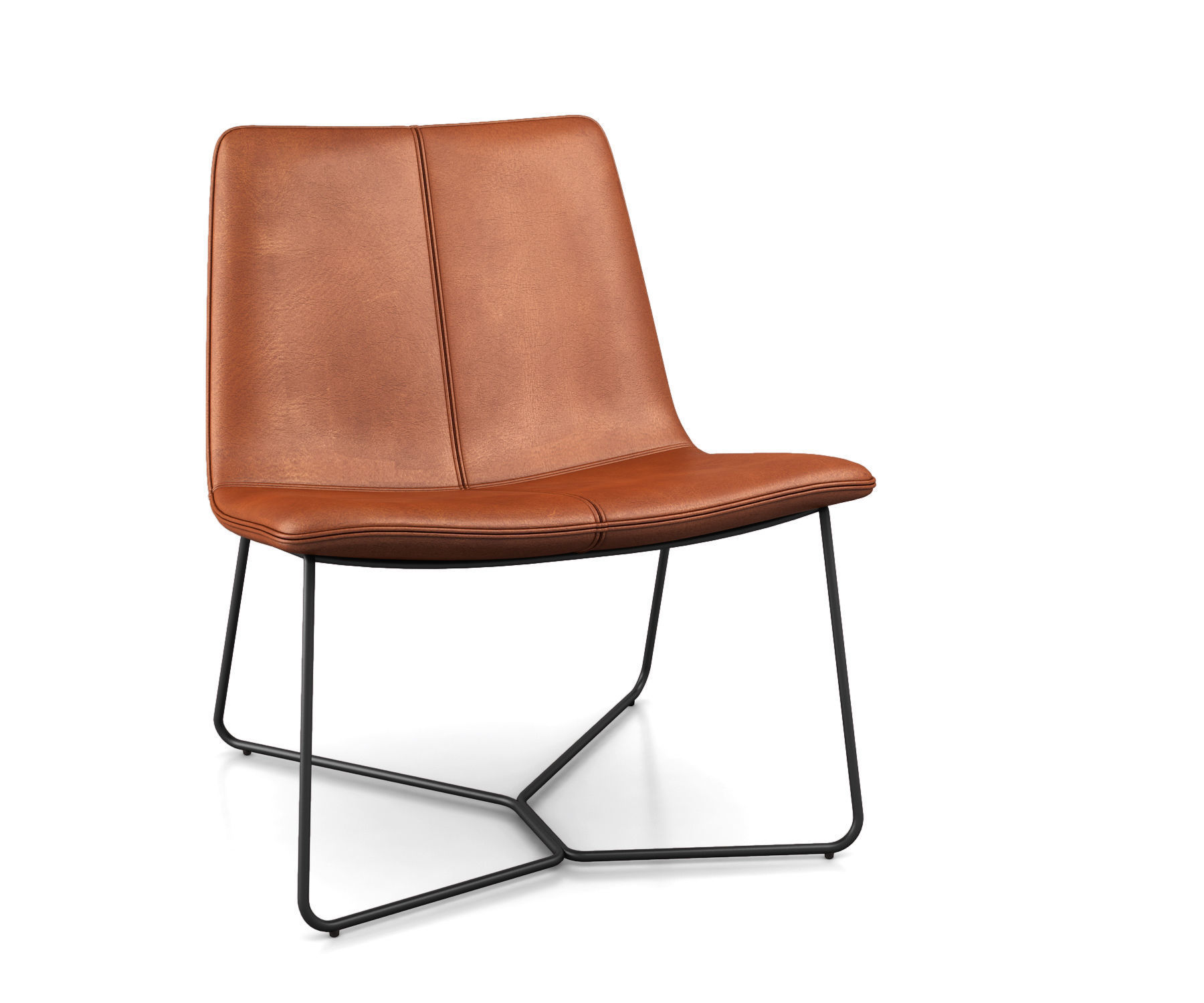Low Air Loss Mattress: What You Need to Know
A low air loss mattress is a specialized type of medical mattress that is designed to help prevent and treat pressure ulcers, also known as bedsores. These mattresses are made up of a series of small air cells that constantly inflate and deflate, creating a gentle movement that helps to redistribute pressure on the body. This movement also helps to keep the skin cool and dry, reducing the risk of skin breakdown and infection. In this article, we will explore the benefits of a low air loss mattress and how to use one effectively for optimal results.
How to Use a Low Air Loss Mattress
Using a low air loss mattress is simple and straightforward. The first step is to place the mattress on top of a regular mattress or bed frame, ensuring that it is properly secured. Next, plug in the power source and adjust the settings to your desired level of firmness. It is important to make sure that the pressure is evenly distributed across the mattress to avoid any pressure points. You may also need to adjust the settings periodically to accommodate changes in body positioning or weight.
Benefits of a Low Air Loss Mattress
There are many benefits to using a low air loss mattress, especially for those who are at risk of developing pressure ulcers or who are already dealing with them. The constant movement of the air cells helps to promote blood flow and prevent tissue damage. This can greatly reduce the risk of pressure ulcers and can also help to speed up the healing process for those who already have them. Additionally, the cool and dry surface of the mattress can provide relief for those who suffer from night sweats or skin irritation.
How Does a Low Air Loss Mattress Work?
A low air loss mattress works by using a series of small air cells that are constantly inflating and deflating. This creates a gentle movement that redistributes pressure on the body, helping to prevent pressure ulcers from developing. The air cells also help to keep the skin cool and dry, reducing the risk of skin breakdown and infection. Some mattresses also have adjustable settings that allow for personalized pressure levels and therapeutic positioning.
Choosing the Right Low Air Loss Mattress for Your Needs
When choosing a low air loss mattress, it is important to consider your specific needs and preferences. Some factors to consider include the level of pressure relief needed, the size and weight capacity of the mattress, and any additional features such as adjustable settings or waterproof materials. It is always best to consult with a healthcare professional to determine the best option for your individual needs.
Low Air Loss Mattress vs Alternating Pressure Mattress: What's the Difference?
While both low air loss mattresses and alternating pressure mattresses are designed to prevent and treat pressure ulcers, there are some key differences between the two. Low air loss mattresses use a constant airflow to redistribute pressure and maintain a cool and dry surface, while alternating pressure mattresses use a cycle of inflation and deflation to mimic the body's natural movements. Low air loss mattresses are often recommended for those with more severe or chronic conditions, while alternating pressure mattresses may be more suitable for short-term use or milder conditions.
Preventing Pressure Ulcers with a Low Air Loss Mattress
One of the main benefits of a low air loss mattress is its ability to prevent pressure ulcers from developing. By constantly redistributing pressure and maintaining a cool and dry surface, these mattresses can greatly reduce the risk of tissue damage and infection. It is important to also follow other preventative measures, such as regularly repositioning the body and keeping the skin clean and dry, to further reduce the risk of pressure ulcers.
How to Clean and Maintain Your Low Air Loss Mattress
To ensure the longevity and effectiveness of your low air loss mattress, it is important to properly clean and maintain it. Regularly wiping down the surface with a mild soap and water solution can help to prevent the buildup of bacteria and other contaminants. It is also important to regularly check the air cells and power source for any signs of damage or malfunction. Consult the manufacturer's instructions for specific cleaning and maintenance guidelines.
Low Air Loss Mattress for Respiratory Conditions
In addition to preventing and treating pressure ulcers, low air loss mattresses can also be beneficial for those with respiratory conditions. The constant airflow can help to keep the air around the body circulating, reducing the risk of stagnant air and potential respiratory complications. These mattresses may also be helpful for those who have difficulty with mobility or positioning, as they can provide a more comfortable and supportive surface for rest and sleep.
Using a Low Air Loss Mattress for Comfort and Pain Relief
Even for those who do not have medical conditions or are not at risk for pressure ulcers, a low air loss mattress can still provide many benefits. The constant movement and even distribution of pressure can help to alleviate pain and discomfort, making it a great option for those who suffer from chronic pain or have difficulty finding a comfortable sleeping position. Additionally, the cool and dry surface can provide relief for those who experience night sweats or skin irritation.
The Benefits of a Low Air Loss Mattress

What is a Low Air Loss Mattress?
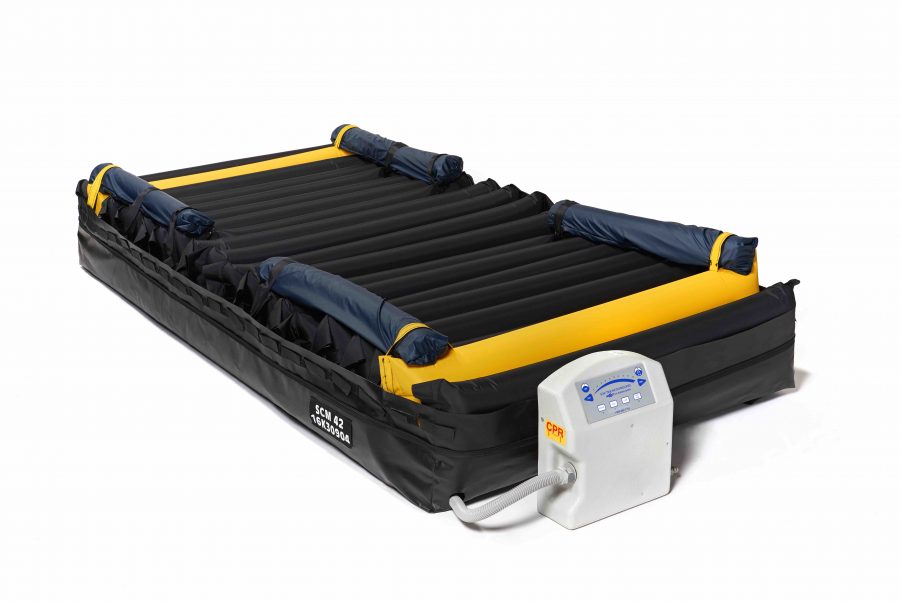 A low air loss mattress is a specialized type of mattress that is designed to provide maximum comfort and support for individuals who spend extended periods of time in bed. Unlike traditional mattresses, low air loss mattresses contain a series of small air pockets that can be adjusted to the desired firmness level. These pockets are connected to a blower system that allows the mattress to constantly circulate air, providing a cooling effect and reducing the build-up of moisture and heat. This can be particularly beneficial for individuals who are bedridden or suffer from conditions such as pressure ulcers, as it helps to keep the skin dry and prevent skin breakdown.
A low air loss mattress is a specialized type of mattress that is designed to provide maximum comfort and support for individuals who spend extended periods of time in bed. Unlike traditional mattresses, low air loss mattresses contain a series of small air pockets that can be adjusted to the desired firmness level. These pockets are connected to a blower system that allows the mattress to constantly circulate air, providing a cooling effect and reducing the build-up of moisture and heat. This can be particularly beneficial for individuals who are bedridden or suffer from conditions such as pressure ulcers, as it helps to keep the skin dry and prevent skin breakdown.
The Importance of Proper Pressure Redistribution
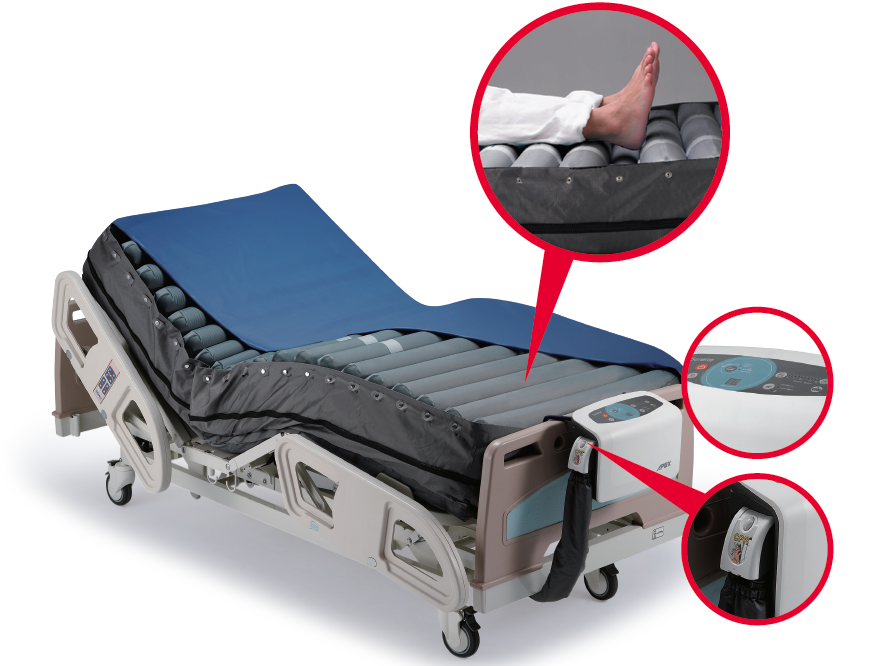 One of the key benefits of a low air loss mattress is its ability to redistribute pressure on the body. When a person lies in bed for extended periods of time, their body weight can cause pressure points to form, which can lead to discomfort and skin damage. However, with a low air loss mattress, the air pockets can be adjusted to ensure that pressure is evenly distributed across the body. This not only helps to prevent pressure ulcers, but it also promotes better blood circulation and can alleviate pain and discomfort.
One of the key benefits of a low air loss mattress is its ability to redistribute pressure on the body. When a person lies in bed for extended periods of time, their body weight can cause pressure points to form, which can lead to discomfort and skin damage. However, with a low air loss mattress, the air pockets can be adjusted to ensure that pressure is evenly distributed across the body. This not only helps to prevent pressure ulcers, but it also promotes better blood circulation and can alleviate pain and discomfort.
Reducing the Risk of Infections
 In addition to providing comfort and pressure redistribution, low air loss mattresses can also help to reduce the risk of infections. The constant circulation of air helps to keep the mattress and the patient's skin clean and dry, which can prevent the development of bacteria and other harmful microorganisms. This is especially important for individuals with compromised immune systems, as infections can be particularly dangerous for them.
In addition to providing comfort and pressure redistribution, low air loss mattresses can also help to reduce the risk of infections. The constant circulation of air helps to keep the mattress and the patient's skin clean and dry, which can prevent the development of bacteria and other harmful microorganisms. This is especially important for individuals with compromised immune systems, as infections can be particularly dangerous for them.
Improved Quality of Sleep
 A good night's sleep is crucial for overall health and well-being, and a low air loss mattress can help to improve the quality of sleep for individuals who spend extended periods of time in bed. The adjustable air pockets and the cooling effect of the mattress can provide a more comfortable and restful sleep, promoting better physical and mental health.
A good night's sleep is crucial for overall health and well-being, and a low air loss mattress can help to improve the quality of sleep for individuals who spend extended periods of time in bed. The adjustable air pockets and the cooling effect of the mattress can provide a more comfortable and restful sleep, promoting better physical and mental health.
Conclusion
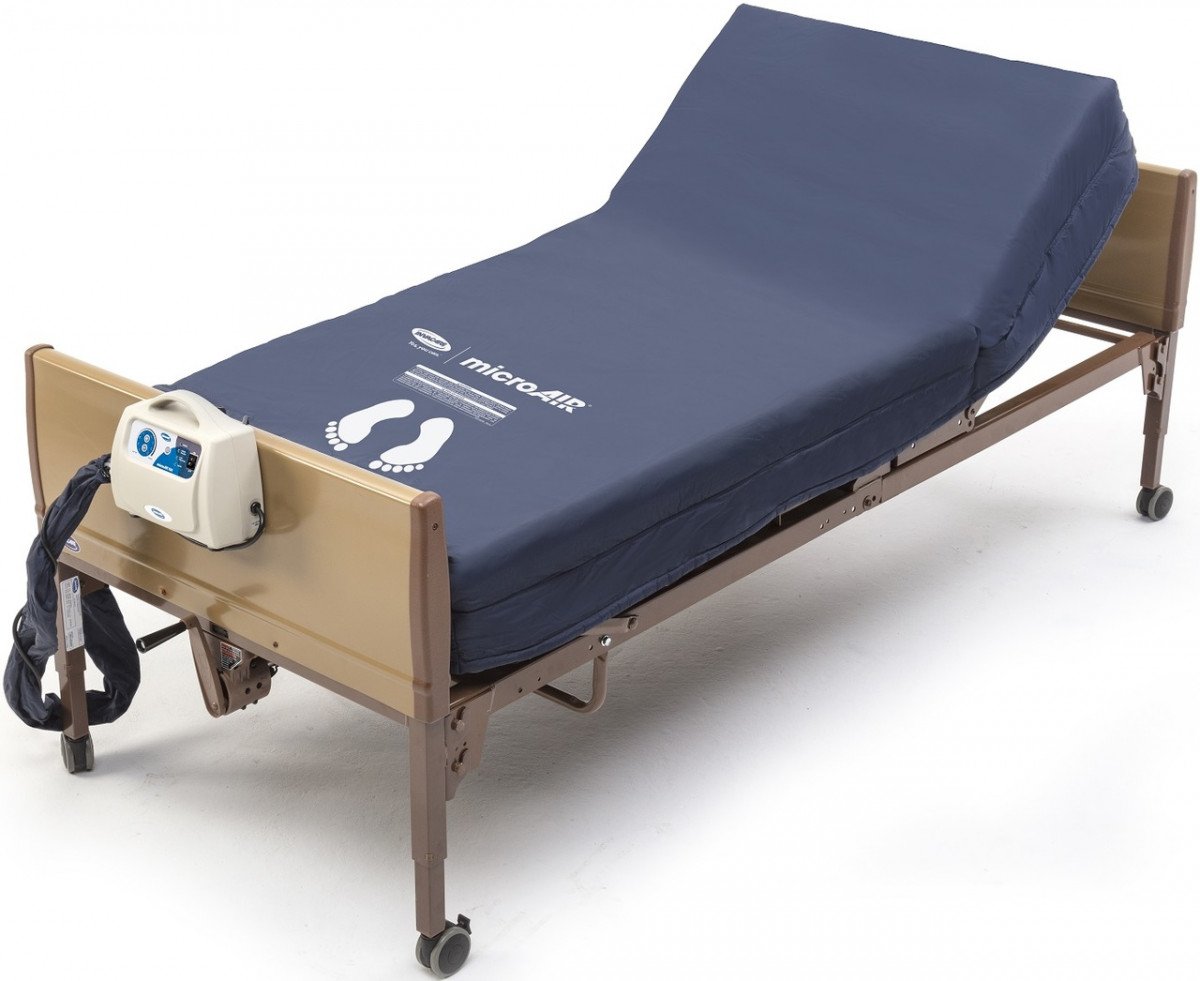 Overall, a low air loss mattress is a valuable investment for individuals who require extended periods of bed rest. Its ability to provide comfort, pressure redistribution, infection control, and better sleep can greatly improve the overall quality of life for those who use it. If you or a loved one are in need of a specialized mattress, consider the benefits of a low air loss mattress and consult with a healthcare professional to determine if it is the right option for you.
Overall, a low air loss mattress is a valuable investment for individuals who require extended periods of bed rest. Its ability to provide comfort, pressure redistribution, infection control, and better sleep can greatly improve the overall quality of life for those who use it. If you or a loved one are in need of a specialized mattress, consider the benefits of a low air loss mattress and consult with a healthcare professional to determine if it is the right option for you.


